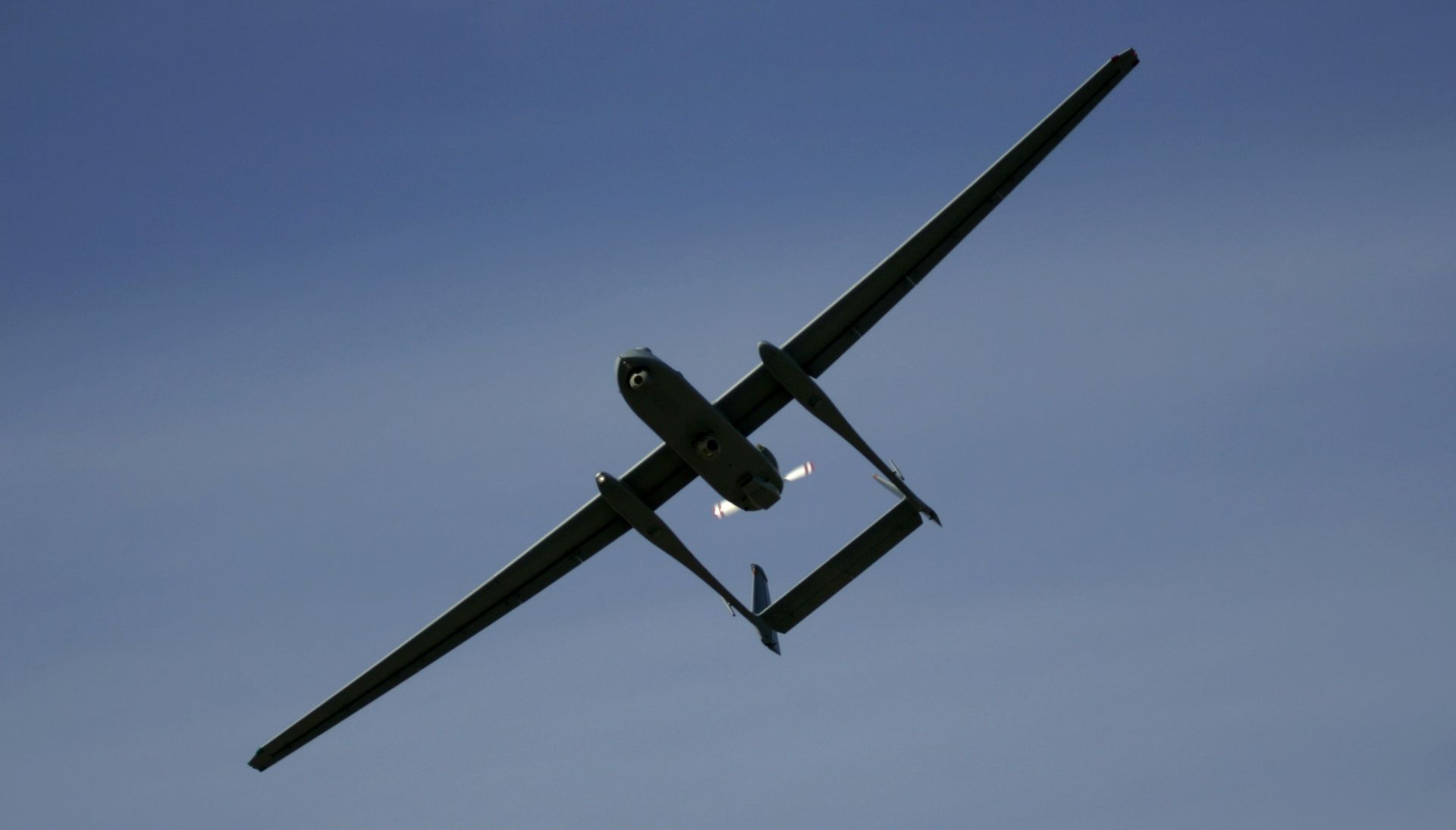New Delhi needs to carefully adhere to its ‘minimum’ principle, while pursuing every technological leap forward. The multiple independently targetable re-entry vehicle (MIRV)-equipped Agni-V missile underwent a successful test on Monday
by Tara Kartha
The Agni missile had a perfect lift-off and seems to have performed precisely in demonstrating multiple independently targeted re-entry vehicles (MIRV) technology. All this while a Chinese ‘research vessel’ hovered in the vicinity. The missile launch caused quite a buzz among those who track all nuclear and missile-related developments. Within the country, it was hailed as another instance of Indian power. That’s as it should be. But there is a need for careful evaluation of the way ahead so as to avoid a very slippery slope.
The Agni-V And Its Main Factors
The Agni-V is an intercontinental ballistic missile (ICBM) that evolved from the Agni-III IRBM , featuring similar first- and second-stage motors with an added third stage. It was first tested in 2012 and is launched from a sealed canister on a road mobile launcher, reducing the time needed to prepare for launch. That’s big stuff in itself. In 2016, it was successfully tested to a declared range of 5000 km. Notably, the press release said that it had very high (unspecified) accuracy and was therefore able to use smaller nuclear warheads and thereby use its fissile material inventory for a much larger force. In other words, they were already on the way to miniaturisation of a warhead.
MIRV’ing Our Way Forward
The vital thing about Agni-V is its MIRV capability (Multiple Independently Targeted Re-entry Vehicles). The details of how these are deployed have been extensively covered elsewhere . What is important is not that this projects you into an elite club consisting of established nuclear powers, which some experts allege. First, this is progress in technology with multiple commercial and technological payoffs. Second, it is obviously far more difficult to intercept with any existing missile defence. Third, and linked to that, it gets you a better deterrent posture with less.
Instead of one warhead of 1 ton on an Agni 4, this can be distributed into smaller warheads of some 400 kg each, spread more than 1000 km apart. India doesn’t have a great many sources for military-grade fissile material. India’s stockpile is estimated to include around 4.5 tonnes of unirradiated HEU (enriched to some 30 percent uranium-235) and about 9.6 tonnes of separated plutonium. Compare that to the US’s 38 MT and China’s about 2.9 MT.
We have huge thorium reserves, but it is only now that the thorium route has been optimised. In Kalpakkam, in March 2024, the PM inaugurated the Fast Breeder Reactor, which not only uses thorium but will also generate fissile material. That’s another huge step forward.
It is not clear how many warheads this version, which is a technology demonstrator, is capable of carrying, but it would not be less than five. It is worth noting that the Indian Space Research Organisation (ISRO) launched a record 104 satellites in 2017, but while that’s a parallel technology, the challenge is to get them to re-enter the earth’s atmosphere, and that too at a precise location.
Besides, there is a strict wall on technology sharing between the ISRO and DRDO, with the former particularly sensitive to any such sharing given its wide international usage. ISRO now launches, at a staggeringly low cost, satellites for other countries, which means it cannot be seen to be linked in any way to a weapons program. But way back in 2012, VK Saraswat, chief of the Defence Research and Development Organisation (DRDO), stated that the “work is on” on MIRV’s. Twenty-four years later, the mission is accomplished.
Deterrence With A Big ‘D’?
Will this make deterrence more stable? With Pakistan, which is also testing its claimed MIRV technology with Ababeel, a MIRV doesn’t really matter much in principle, given the low geographic depth of the country. It is unlikely that we will be able to field a ballistic missile system very soon. China is well on its way, testing a midcourse interceptor in April 2023, possibly a HQ-19.
It seems to have deployed its hypersonic Dongfeng (DF-27) missile, which is apparently MIRV’d. China has been extremely secretive about this missile capability, choosing only to showcase the earlier model, the Df-17, a hypersonic glide vehicle with conventional and nuclear capabilities.
Meanwhile, it snoops on our launches, which means it is worried, even when the state mouthpiece, the Global Times says otherwise.
BMD Is Still On The Backfoot
Meanwhile, India’s own BMD, though now progressing well, is nascent. And it should be said that any BMD system, whether American or Russian, has similarly only a limited capability.
In simple words, even the most expensive system cannot promise a 100 per cent, or even less. The cycle of offence versus defence is still on the side of the former and will certainly remain so for the foreseeable future, given the inherent limitations of shooting down any missile, MIRV or otherwise.
The Rationale For MIRV
Once that is realised, the rationale of our draft nuclear doctrine makes eminent sense. Steered by the father of our nuclear strategy, K Subrahmanyam, who understood, as no one else did even at the time, that a strategy has to suit not just a country’s purse but also its values. That strategy called for ‘no first use’ and a position of “minimum deterrence”. The doctrine, however, also did say, “In this policy of ‘retaliation only’, the survivability of our arsenal is critical. This is a dynamic concept related to the strategic environment, technological imperatives, and the needs of national security.”
The MIRV delivers precisely this, especially once it is mated to a submarine-launched version. But here’s one key issue: it is also vital to know where to stop expansion and spending. Remember that one objective of the US nuclear build-up was to exhaust the Soviet Union in an arms race, which it did to some extent.
Recently, Chinese officials reiterated that they had no intention of entering into an arms race. That’s smart, though all indications seem to point to a steady expansion. The US Department of Defence, in its 2023 Annual Report , estimated a rise in warheads from the present 500 to twice that by 2030.
A triangular arms race between China, India, and the US is highly undesirable, given the vital need to focus on the economy, which is the priority of this government. That is what gives us our clout on the international stage.
Expect therefore that there will be every encouragement of an arms race by all actors concerned. New Delhi needs to carefully adhere to its ‘minimum’ principle, while pursuing every technological leap forward.
The writer is a Distinguished Fellow at the Institute of Peace and Conflict Studies, New Delhi




















Discussion about this post